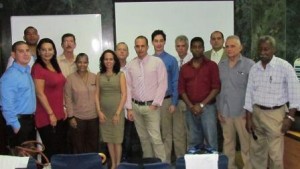
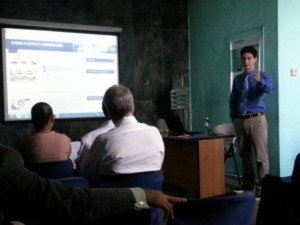
LA HABANA, 28 de enero de 2016 – I Aniversario de Cirugía Plástica y Caumatología
La necesidad de sumar esfuerzos para visibilizar nuestra especialidad, fue el mensaje de los doctores Pavel Reyes Rodríguez y A.C. Prada el pasado 28 de enero, al celebrar el primer año de la presencia de la especialidad Cirugía Plástica y Caumatología en la red de portales de Infomed.
Este sitio enfoca su trabajo hacia el perfeccionamiento del profesional, mientras otros solo lo hacen en la cirugía estética, puntualizó el Dr. Rafael Rodríguez Garcell, presidente de la Sociedad Cubana de Cirugía Plástica y Caumatología (SCCPC).
En el encuentro participaron miembros de la junta de gobierno, profesores, especialistas y residentes de la especialidad de la Capital y sirvió de espacio para realizar el balance anual de la sociedad.
El sitio de web de la SCCPC tiene como propósito innovar, romper paradigmas establecidos, facilitar la búsqueda y el acceso a información validada científicamente.
Comité editorial
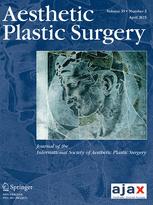
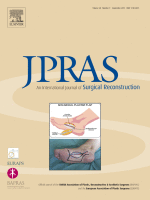 The anatomy of the facial artery, its tortuosity, and branch patterns are well documented. To date, a reliable method of identifying the facial artery, based on surface landmarks, has not been described. The purpose of this study is to characterize the relationship of the facial artery with several facial topographic landmarks, and to identify a location where the facial artery could predictably be identified.
The anatomy of the facial artery, its tortuosity, and branch patterns are well documented. To date, a reliable method of identifying the facial artery, based on surface landmarks, has not been described. The purpose of this study is to characterize the relationship of the facial artery with several facial topographic landmarks, and to identify a location where the facial artery could predictably be identified.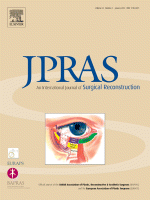
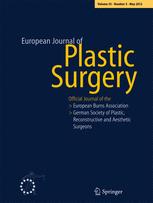 Spreader grafts (SPG) are widely used for different purposes in rhinoplasty procedures. However, selection of the size of the grafts, trimming and fixation often proved time consuming and difficult. We used an original method of placement of “free” SPG to improve both ease of placement and fine trimming of the grafts. To assess pertinence of this approach, we evaluated retrospectively our rate of correction of the middle third of the nose.
Spreader grafts (SPG) are widely used for different purposes in rhinoplasty procedures. However, selection of the size of the grafts, trimming and fixation often proved time consuming and difficult. We used an original method of placement of “free” SPG to improve both ease of placement and fine trimming of the grafts. To assess pertinence of this approach, we evaluated retrospectively our rate of correction of the middle third of the nose.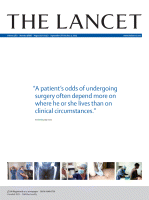 Autologous fat grafting is increasingly used in reconstructive surgery. However, resorption rates ranging from 25% to 80% have been reported. Therefore, methods to increase graft viability are needed. Here, we report the results of a triple-blind, placebo-controlled trial to compare the survival of fat grafts enriched with autologous adipose-derived stem cells (ASCs) versus non-enriched fat grafts.
Autologous fat grafting is increasingly used in reconstructive surgery. However, resorption rates ranging from 25% to 80% have been reported. Therefore, methods to increase graft viability are needed. Here, we report the results of a triple-blind, placebo-controlled trial to compare the survival of fat grafts enriched with autologous adipose-derived stem cells (ASCs) versus non-enriched fat grafts.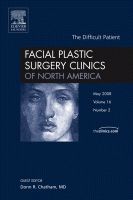


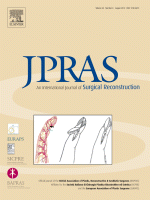 The latest iteration in the Sherlock Holmes movies arrived in America on Christmas Day. Digital effects allowed its director, Guy Ritchie, to have slow motion sequences that showed how Holmes used his senses to deduce facts about other characters. Holmes was a fictional detective, but we plastic surgeons are fortunate to have been taught Gillies’ principle ‘Observation is the basis of surgical diagnosis.’ This was Gillies’ first principle and the basis of his others. He believed that without a proper diagnosis surgical disaster loomed and went so far as to say, ‘Mistakes in diagnosis due to inadequate examination are perhaps the commonest cause of indifferent treatment’.
The latest iteration in the Sherlock Holmes movies arrived in America on Christmas Day. Digital effects allowed its director, Guy Ritchie, to have slow motion sequences that showed how Holmes used his senses to deduce facts about other characters. Holmes was a fictional detective, but we plastic surgeons are fortunate to have been taught Gillies’ principle ‘Observation is the basis of surgical diagnosis.’ This was Gillies’ first principle and the basis of his others. He believed that without a proper diagnosis surgical disaster loomed and went so far as to say, ‘Mistakes in diagnosis due to inadequate examination are perhaps the commonest cause of indifferent treatment’.
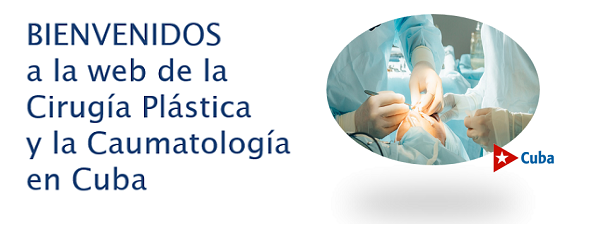
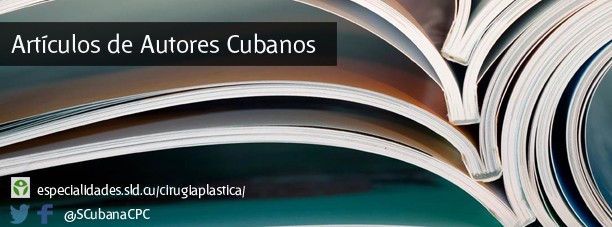
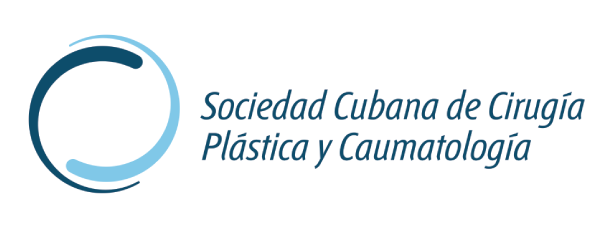

 Sitio web publicado el
Sitio web publicado el
Los lectores comentan